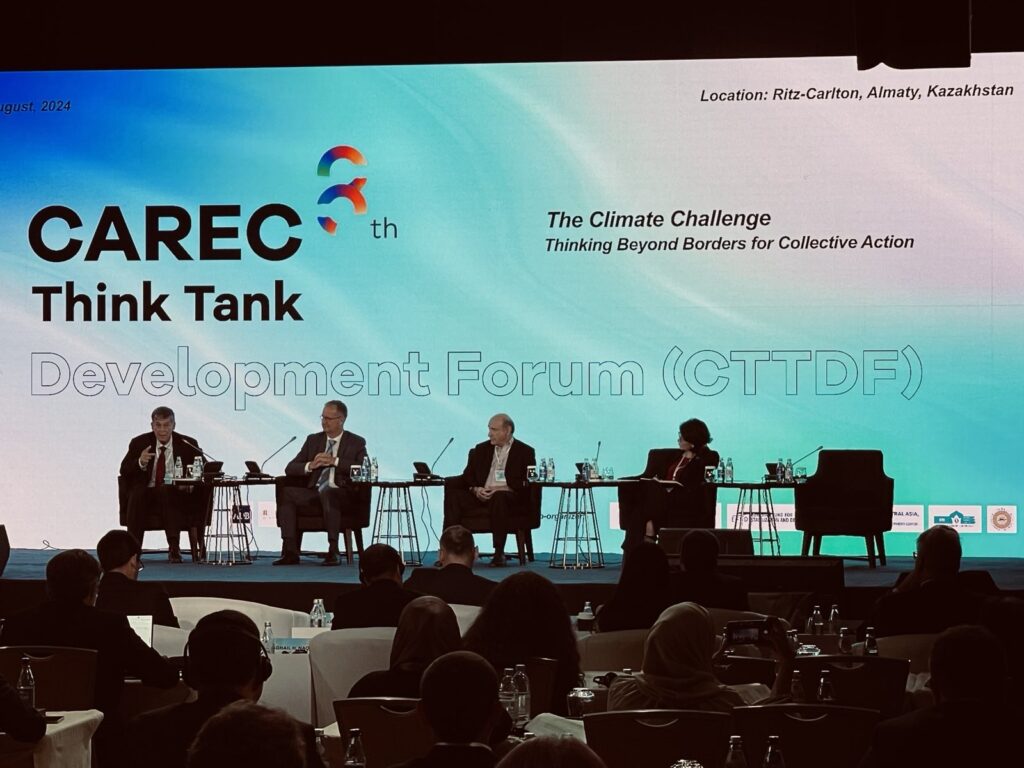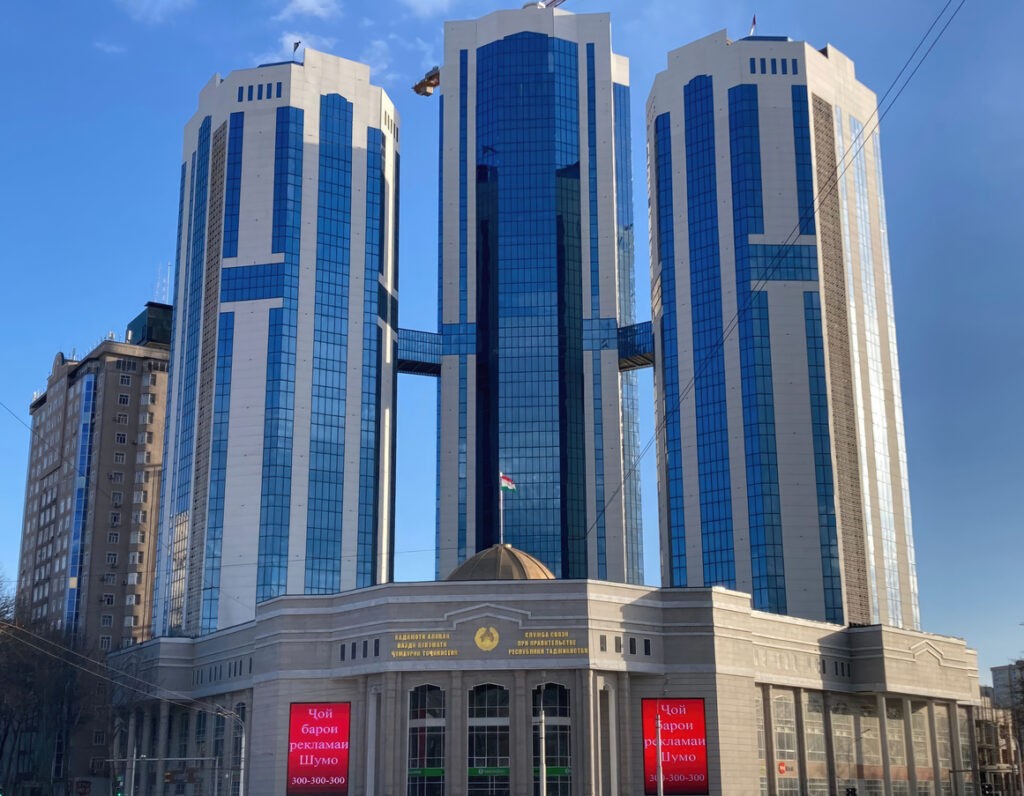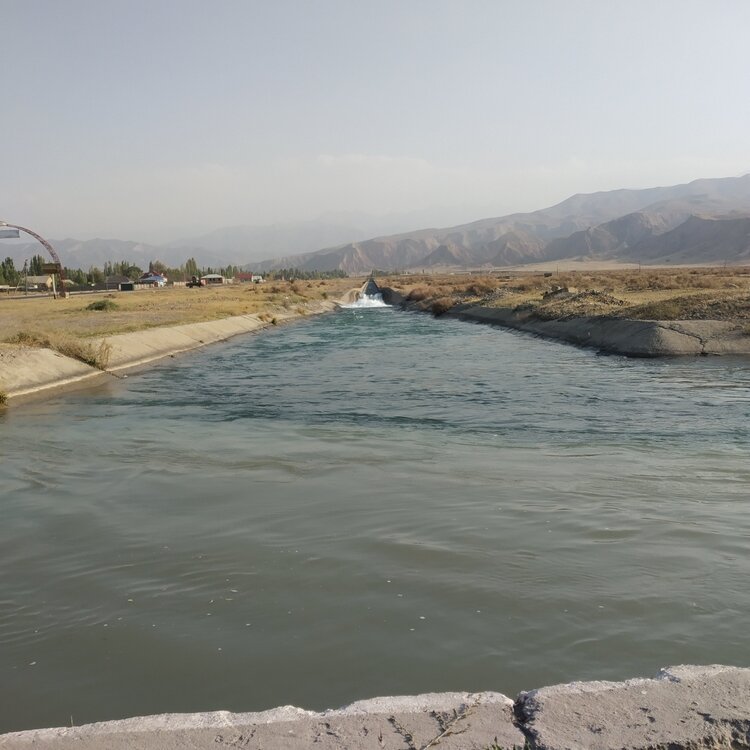Central Asia’s Population Surpasses 80 Million, With Rapid Growth Expected to Continue
The population of Central Asia has reached a historic milestone, exceeding 80 million people as of December 2024. Projections indicate this figure could surpass 100 million by 2050, highlighting the region’s rapid demographic growth and the challenges it brings for sustainable development. Rapid Population Growth According to the Eurasian Development Bank’s (EDB) macroeconomic forecast, Central Asia’s population has grown by nearly one and a half times over the past 24 years, increasing by approximately one million people annually. Tajikistan and Uzbekistan lead the region in demographic growth. Tajikistan’s population reached 10 million at the beginning of 2024, marking an 80% increase since 1991. Uzbekistan, the region’s most populous country, has maintained an annual growth rate of 1.1–1.2%, with its population now exceeding 36.7 million. The region as a whole has a youthful demographic profile, with an average age of 26.2 years. Diverging Population Estimates PopulationPyramid.net estimates Central Asia’s 2024 population at over 82 million. The discrepancy with other sources likely arises from differing methodologies and data collection techniques. Despite this, all sources agree that the population has surpassed the 80 million mark. Future Projections and Challenges Central Asia’s population is expected to exceed 100 million by 2050. However, rapid demographic growth presents serious challenges for the region. Key concerns include: • Sustainable Economic Development: Ensuring that economic growth keeps pace with population increases. • Job Creation: Addressing the needs of a growing labor force. • Quality of Life: Improving access to education, healthcare, and essential services. Managing these issues will be a top priority for state policies in the coming decades, as governments seek to balance population growth with sustainable development.






